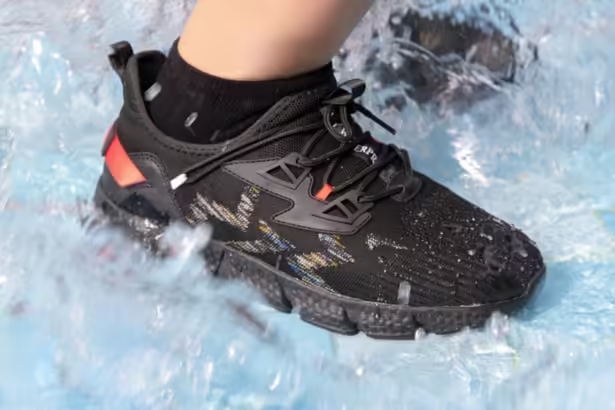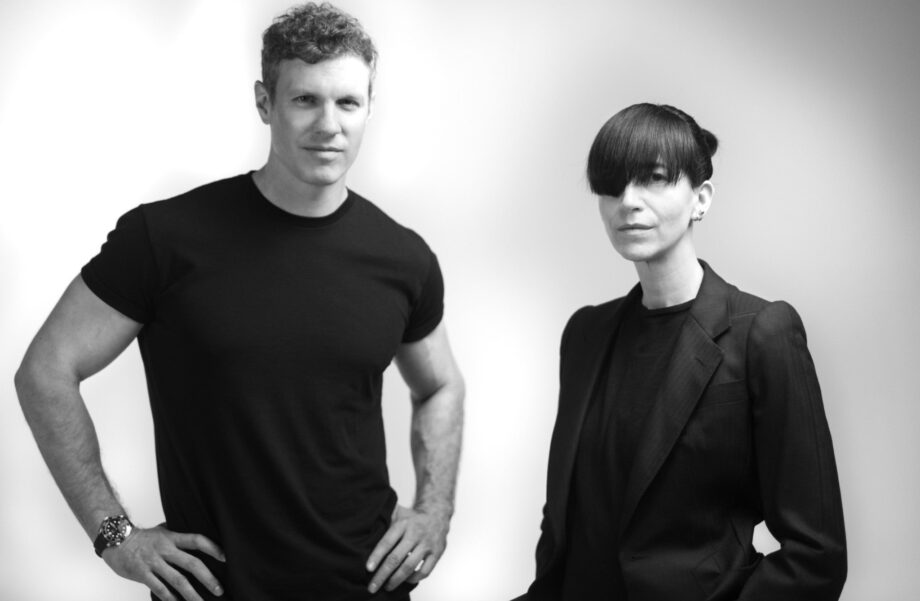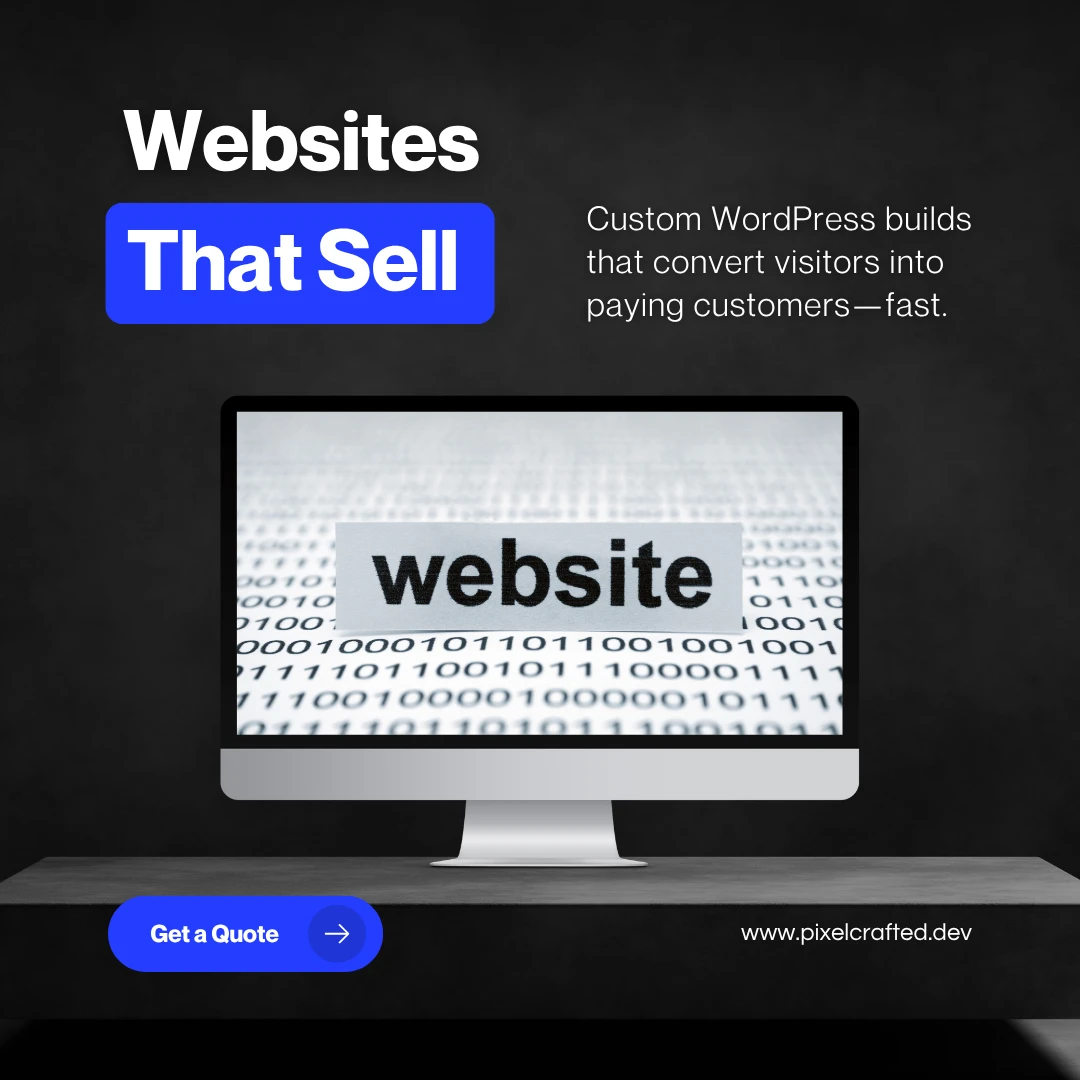Simplifyber does not create normal apparel. The clothes and shoes made by this New York brand are not only 3d printed and “created in a lab, not in a factory”, but are also 100% biodegradable.
“2023 is going to be a big year for us … we’ll be collaborating with brands to produce the first natural fiber 3D-molded shoes to ever hit the market”
It’s a fascinating area of innovation, bearing in mind that the fashion industry is the third most polluting industry, responsible for more CO2 emissions than the shipping and the aviation industry combined, and one which brought Simplifibyer an initial swell of interest from investors to the tune of multiple millions this summer.

We were excited for the opportunity to speak with CEO Maria Intscher-Owrang, whose 20+ year career as a fashion designer and director includes periods at leading fashion houses, including Vera Wang, Calvin Klein, and Alexander McQueen.
What is the story behind Simplifyber?
Before I started Simplifyber with my co-founder, Phil Cohen, I was a fashion designer for 24 years, working for designer brands in Europe and the US. For the most part, I worked for high fashion brands on catwalk collections, but I also designed for two very early “luxury eco” fashion companies (Linda Loudermilk and Edun) starting in 2006.
“I decided to do something about it”
I learned a great deal from those experiences, and for years afterwards I kept up with the innovations that were happening in that space. I saw many interesting material solutions, but not any really new, more efficient ways to actually make things… I thought that would come as the world began to adopt 3D printing in other industries, but it just wasn’t happening in fashion.
So, I decided to do something about it – and that’s when I met my co-founder and our CTO, and we put together a plan. We created a way to make clothing and accessories from biodegradable materials in a revolutionary new additive process – a system we call “Simplifyber.”
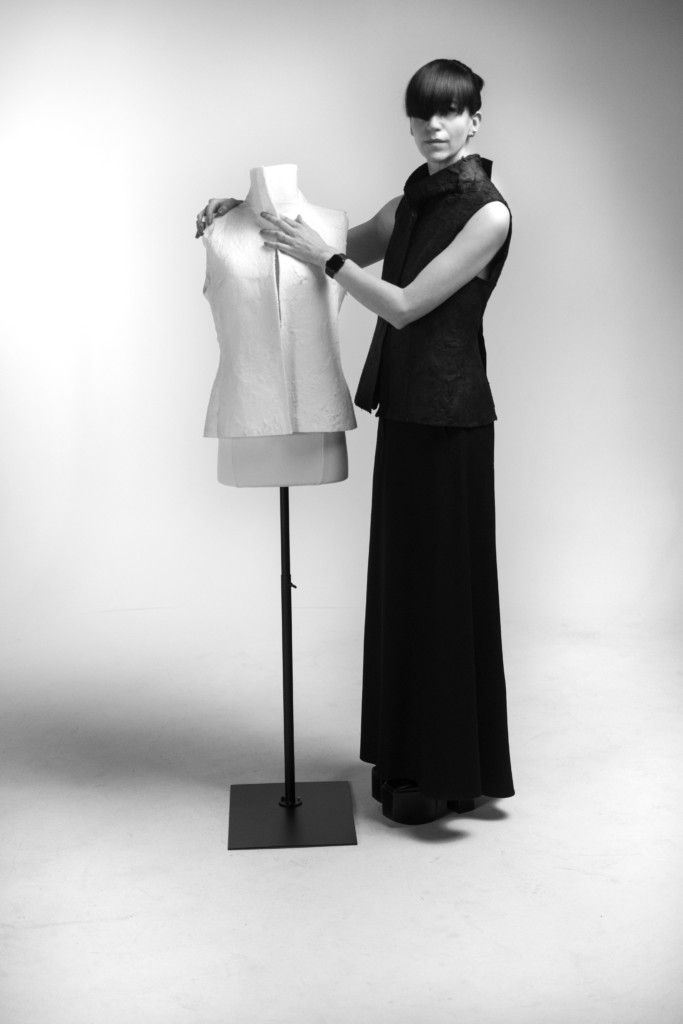
How are your products made?
Our products begin as natural fibers in a liquid and we use that liquid to create 3D shapes directly, without the need for yarn or fabric. The clothes and accessories we make are bonded together at the molecular level and formed using molds.
They look very different from traditional products because we are fundamentally changing the entire process of making shoes and clothes – our materials never need to exist as a flat fabric which gets pieced together to make a shape – we just make the shape directly from fiber.
Our products are biodegradable and less resource-intensive than traditional clothing and shoes. The waste footprint is low because our materials are biodegradable and recyclable, and we are removing 60% of the industrial steps involved in making apparel and accessories – so there is an energy and emissions savings associated with that. We are also eliminating the shipping that usually happens between spinning, weaving and assembly.

Looking back at your 20+ year career in fashion, what are the major challenges faced by fashion brands in terms of sustainability?
The biggest challenge is cost. Sustainable fabrics cost more than comparable standard fabric – and because of that, there are many brands that will not use sustainable fabric, or at least not for most of their collections. Price-driven brands – especially fast-fashion companies – just aren’t likely to embrace any solution that doesn’t fit into their price point, and unfortunately, that includes some very very large brands that produce multiple millions of garments each year.
Another challenge is the perception among designers that they would have to compromise on beauty or performance if they go with something sustainable; however, in the last couple of years, I’ve seen this perception start to shift.
In your opinion, what is the reason behind the low adoption of 3D printing technology in fashion compared to other industries? What can be done to remedy this?
3D printing has not taken off in fashion because of the limitation of materials available to print with. Clothes need to feel good on skin, and natural fibers feel the best. That’s why we started with natural fibers.
Can we expect any brand collaborations?
Yes, but we won’t announce who it will be until just before we launch…
How will Simplifyer use the funds from the recent $3.5 million seed funding round?
We actually raised $4.2 million in our recent seed round, and we’re using it to expand our tech team, buy equipment for our lab and ready ourselves for commercialization and scale.
What are your goals for 2023?
2023 is going to be a big year for us – we’ll have an expanded palette of materials to offer clients and we’ll be collaborating with brands to produce the first natural fiber 3D-molded shoes to ever hit the market.
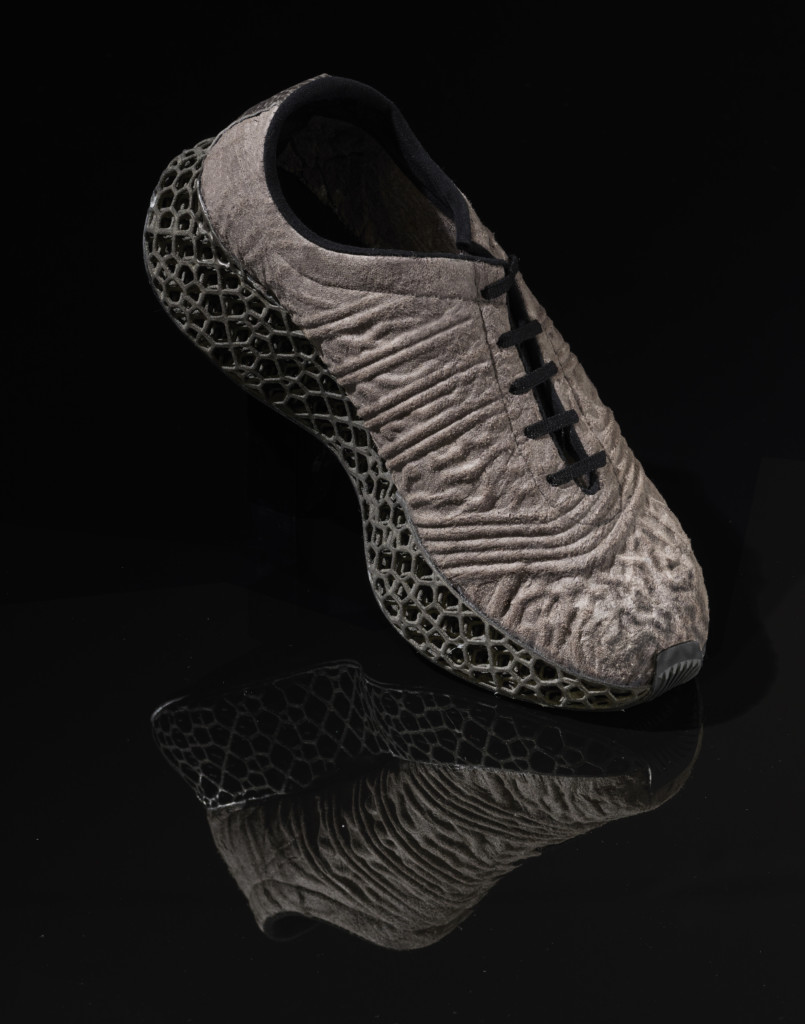
What do you hope to see in the future of fashion, and do you have any messages for fashion houses / clothing retailers?
I’m an eternal optimist, so I see the future of fashion being less resource-intensive, fully circular (with recycling and biodegradable materials), and production moving back closer to where designers and their customers are, rather than overseas.
“the old adage of “it’s all been done before” is simply not true – we’ve only just scratched the surface”
We can make fashion better reflect the values of the people who wear it. As far as a message to fashion houses, I would say that the old adage of “it’s all been done before” is simply not true – we’ve only just scratched the surface.


